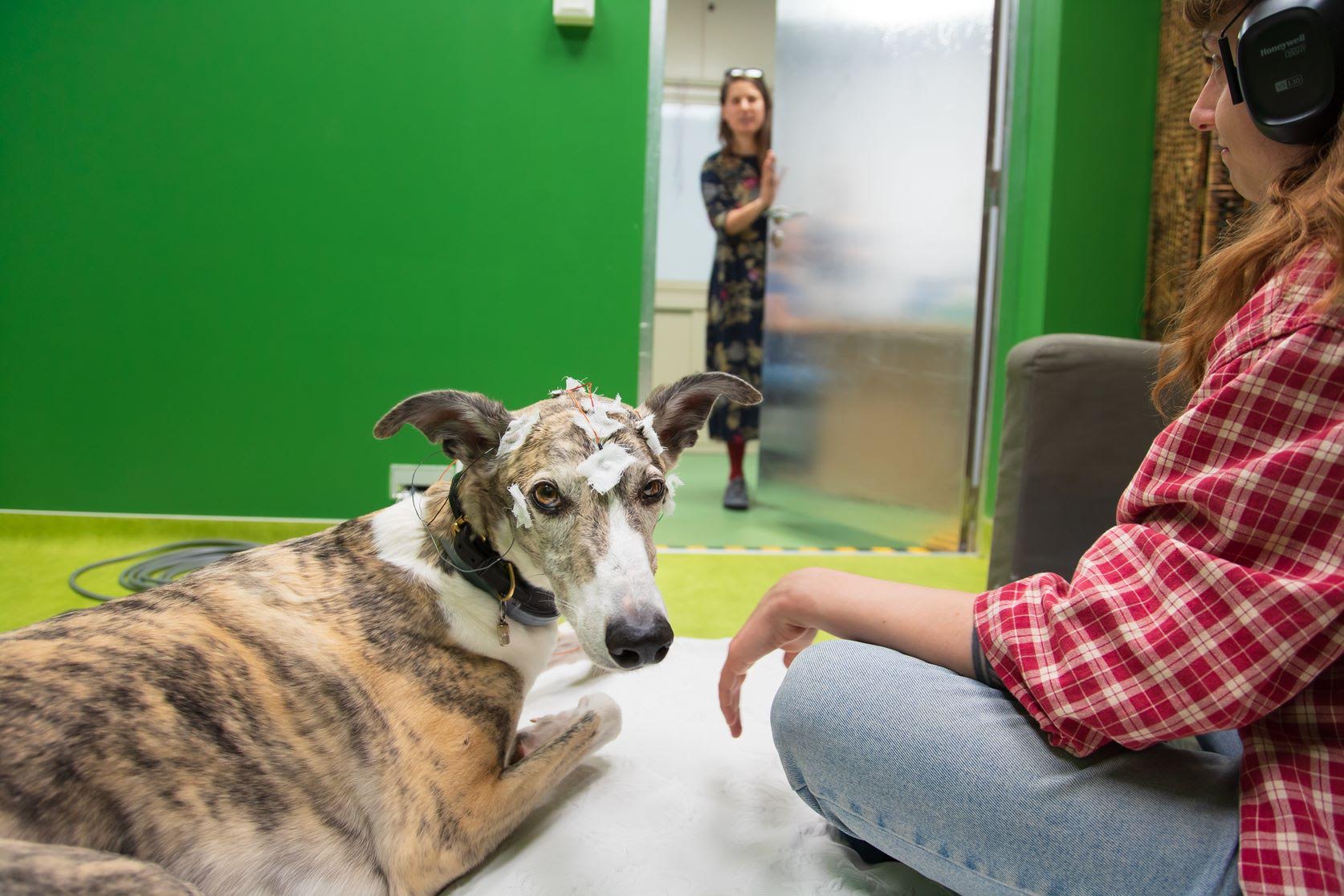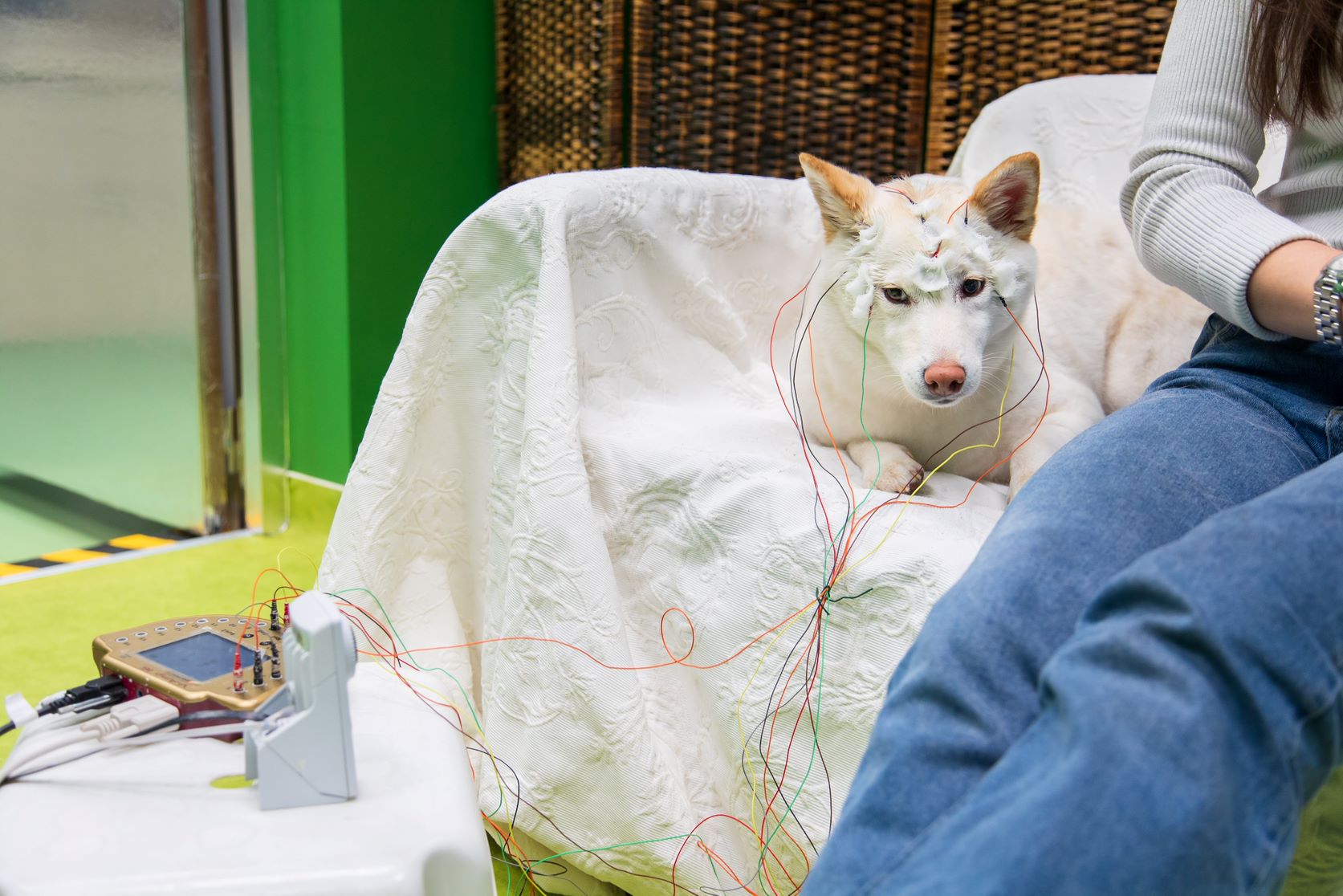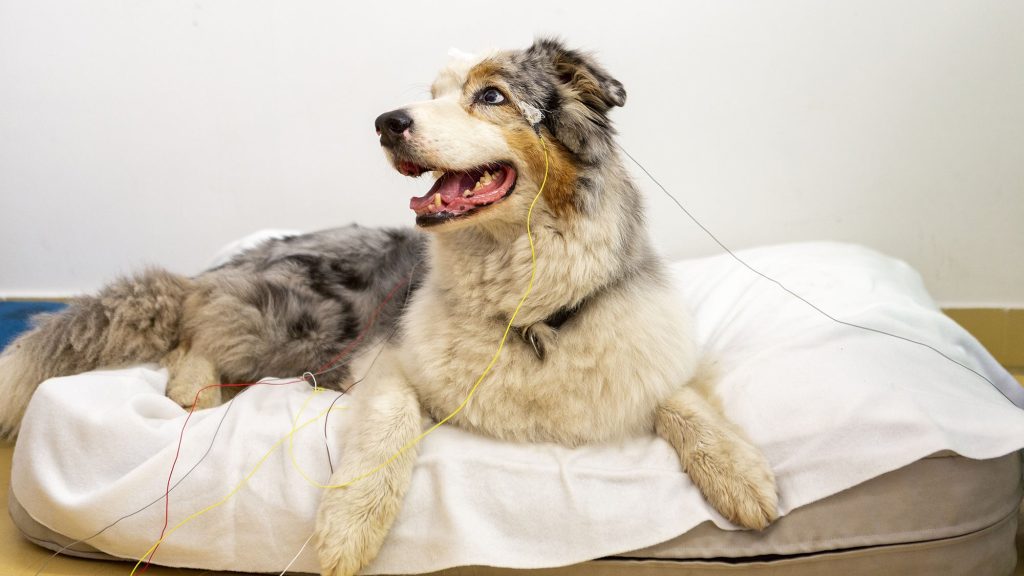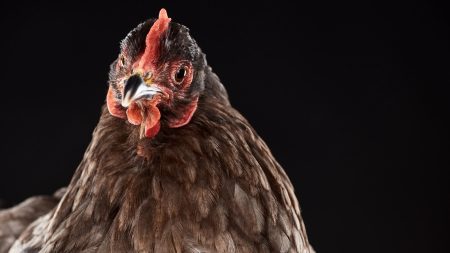When a dog follows a command or fetches a ball, it’s difficult to understand what’s really happening inside its canine brain. Do dogs comprehend and react to tone of voice, the sounds of words, accompanying hand gestures and body language, or just the situational context? Previous studies have provided some hints, but recent research provides additional proof that our beloved furry companions truly grasp the meaning of words. do Dogs show a pattern of brain activity that appears to suggest they can distinguish between words for different objects. They even seem surprised when presented with words and objects that don’t match up, according to a study published March 22 in the journal Current Biology.
A team of neuroscientists and animal behavior researchers used non-invasive electroencephalogram (EEG) testing on 27 pet dogs’ brains during an experiment involving the dogs’ owners and some well-loved toys. They discovered a pattern of electrical impulses similar to a known signal in humans. The findings provide insight into the canine mind and further contribute to our understanding of the origins of complex language. a study Behavioral studies have offered some clues, but new research brings additional evidence that our favorite furry friends really understand the meaning behind words. According to findings printed on March 22 in the journal Current Biology, a team of neuroscientists and animal behavior researchers used non-invasive electroencephalogram (EEG) testing to measure the electrical pulses inside 27 pet dogs’ brains during an experiment involving the dogs’ owners and some well-loved toys. They found an electrical impulse pattern similar to a known signal in humans. The findings shed light on canine noggins and also add to our knowledge of the origins of complex language.A team of neuroscientists and animal behavior researchers used non-invasive electroencephalogram (EEG) testing to measure the electrical pulses inside 27 pet dogs’ brains during an experiment involving the dogs’ owners and some well-loved toys. They found an electrical impulse pattern similar to a known signal in humans. The findings shed light on canine noggins and also add to our knowledge of the origins of complex language.
“We were interested in whether dogs understand words the way humans do.”
“It’s fantastic to have studies like this,” says Angela D. Friederici, a neuroscientist researching linguistics at the University of Maryland who was not involved in the new research. Ellen LauApplying EEG to dogs, rather than the more invasive methods often used to study animal brains, allows for more direct comparisons between humans and non-humans, she explains. “If we want to understand what’s common across humans and animals, we need to have more of this kind of data.”
A vocabulary test for babies, adapted to dogs
Among animals, family pups are unique for how much exposure they get to human language. “You can probe a lot of interesting questions about language experience with dogs, because they’re some of the only animals that live in our houses and pay attention to us,” says Amritha Mallikarjun, a neuroscientist researching canine cognition at the University of Pennsylvania who was not involved in the new research. …The study scientists set out to test if dogs grasp the relationship between words and their corresponding objects.
The researchers aimed to determine if dogs understand words in the same way that humans do. One way to explore this question was by adapting a cognitive test previously used in studies of infants. This assessment compares EEG readings from a subject given a word or phrase and then shown either a matching object or one that doesn’t match the description.During several trials, the pets listened to recordings of their owners' voices calling their attention to one of five familiar objects, while seeing their owners' faces through the window. Grzegorz Eliasiewicz In people, even those who are too young to talk
The bigger the surprise, the bigger the signal.
too young to speak

"I think this study is excellent," Lau says, acknowledging the thorough and well-considered design. "I think they really did everything you need to be doing in animal cognition work." The dogs, all healthy companion animals, were recruited through social media based on their owners' assessment that their pet understood at least three object words. After a period of acclimation to the lab, owners and dogs were separated by an electronic window that could quickly change between transparent and opaque. Electrodes were attached to the dogs' heads at critical points. During multiple trials, the pets were played recordings of their owners' voices calling their attention to one of five familiar objects, while seeing their owners' faces through the window. Then, after a brief period of opaque blankness, the window would reveal the owner holding up one of the objects–either a match to the previously played phrase, or a mismatch. Meanwhile, the EEG recorded the electronic pulses inside their brains.Out of the 27 dogs that started the experiment, 18 were included in the final analyses. Nine were excluded, mostly because they wouldn't remain still enough to yield clean EEG data. Despite the challenges of having animal subjects that might be unsteady, the scientists still found clear patterns in their results.
Out of the 27 dogs that started the experiment, 18 were included in the final analyses. Nine were excluded, mostly because they wouldn't remain still enough to yield clean EEG data.
Grzegorz Eliasiewicz
When there was a mismatch between the auditory stimulus and the object presented, the dogs' EEG readouts consistently showed a significant signal peak between 200 and 600 milliseconds later–indicating that even average domestic canines can distinguish between the meanings of some words. The dogs had the largest brain response when the most well-known words were paired with mismatched objects, based on owner reports, further consolidating the findings.
The timing of the pulse suggests it could be similar to the human N400 signal, although follow-up research would be necessary to confirm this hypothesis, says

Piecing together the building blocks of language
When there was a mismatch between the auditory stimulus and the object presented, the dogs’ EEG readouts routinely showed a significant signal peak between 200 and 600 milliseconds later–indicating that even average domestic canines can distinguish between the meanings of some words.
Because the experiment used objects familiar to the dogs involved, the study doesn’t demonstrate that canines can apply a word to represent an entire group of objects–another crucial aspect of human language, says Colin Phillips, a linguistics professor at the University of Oxford and the University of Maryland. He was also not entirely convinced that the time delay within the research proved dogs were referencing a mental image or memory. “They’ve associated sounds with specific objects,” Phillips says. “It’s impressive… it’s a carefully controlled study,” he adds–but ultimately not a very surprising one. “We kind of already know dogs can do this.” Language is more intricate than just recognizing nouns, and the study does not imply that dogs are anywhere near as skilled at learning language as humans, say Boros and Magyari. Rather it suggests what abilities among mammals might have come before humans’ incredibly complex linguistic system, they note.Mallikarjun agrees that studying our pets can provide insight into ourselves. Through research like this, we can better learn what is and isn’t unique to human cognition, and comprehend language development, she says.
And at the same time, it’s also a good reminder that dogs and other animals are special in their own ways. “Communication has many different components,” says Lau. “Just because humans have a particular kind of unique communication system that’s not fully shared with any other animals, that doesn’t mean other animals don’t have very complex communicative abilities too.”
Scientists measured canine brain waves to shed light on language learning.
Language is more complex than just noun recognition, and the study does not suggest that dogs are anywhere near as capable language learners as humans, say Boros and Magyari. Rather it hints at what abilities among mammals might have preceded humans’ extraordinarily complex linguistic system, they note.
Mallikarjun agrees that studying our pets can provide insight into ourselves. Through research like this, we can better learn what is and isn’t unique to human cognition, and come to understand language development, she says.
And at the same time, it’s also a good reminder that dogs and other animals are special in their own ways. “Communication has many different components,” says Lau. “Just because humans have a particular kind of unique communication system that’s not fully shared with any other animals, that doesn’t mean other animals don’t have very complex communicative abilities too.”









